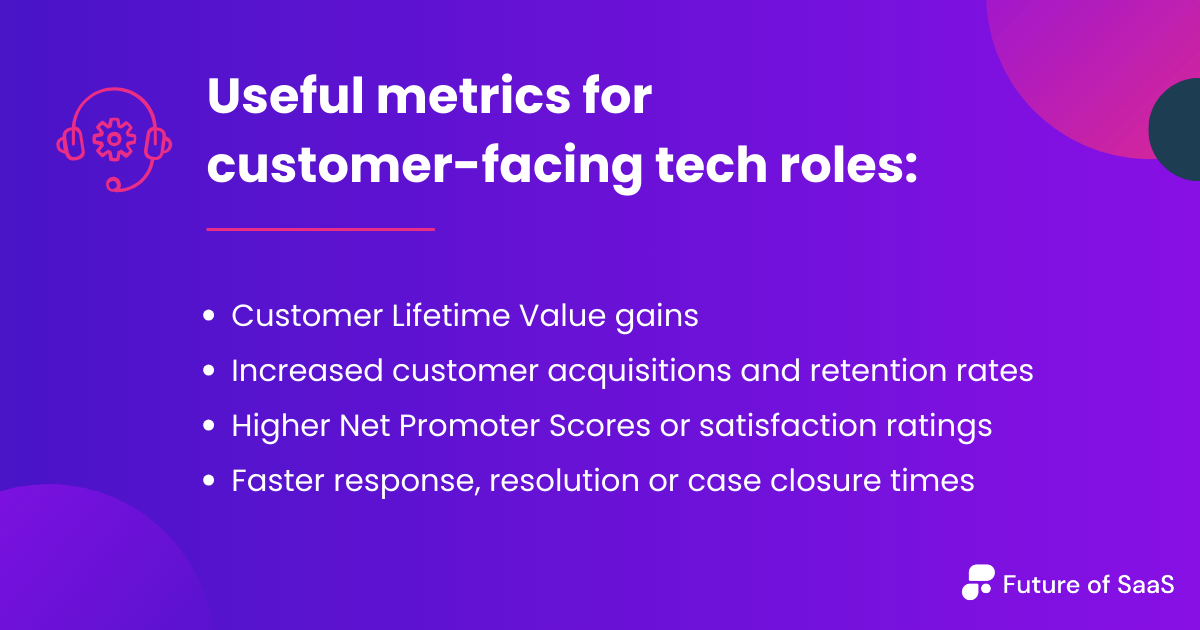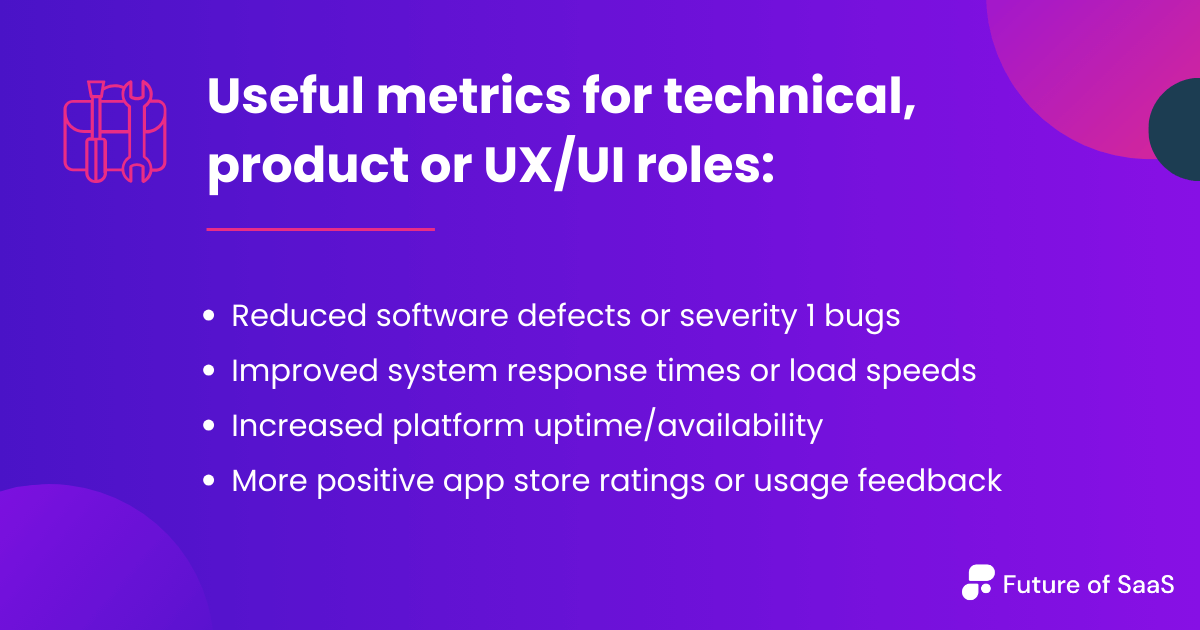Landing a job at a leading tech company has never been more competitive.
With positions attracting hundreds or even thousands of highly skilled applicants, ensuring your tech resume gets through screening rounds and impresses hiring managers is imperative.
With so much talent out there, nailing key elements is vital to avoid having your application tossed into the “no” pile.
But crafting a stellar tech resume doesn’t have to be rocket science.
We’re breaking down the top ten best practices for tech resumes. From quantifying achievements to customizing for specific roles, these tailored tips will ensure your resume checks every box.
Let’s dive in!
1. Spotlight accomplishments over duties
Running through a list of generalized responsibilities rather than actual achievements you’ve made is a common resume mistake.
But for hiring managers inundated with applications, tangible accomplishments showcase your value and abilities much more effectively.
Rather than starting and finishing sentences with passive or abstract verbs like “responsible for”, “involved in” or “participated in”, put the focus firmly on what you actively achieved.
Illustrating accomplishments also helps hiring managers visualize you excelling in future roles within their organization.
So spotlight achievements that could translate, prove you move things in the right direction.
2. Back up achievements by quantifying results
Mentioning accomplishments ticks the first box, but recruiters also need to know just how well you delivered operationally. Any candidate can say they “drove sales” or “increased productivity” – but by how much?
Providing actual data points backing up results gives the essential context to what you’ve achieved.
Rather than keeping statements vague, “Increased customer retention”, get specific with quantifiable facts like, “Increased customer retention rate by 8% over 2 years”.
Adding precise percentages, scores, or times helps hiring managers better grasp success levels and easily visualize the scale of your impact.
For customer-facing tech roles, useful metrics might are as follows. 👇

On technical, product or UX/UI projects, relevant metrics should be...

Just remember metrics should directly relate to your position and contributions – no stretching truths or grabbing unrelated company-wide stats!
3. Customize your resume to each job’s key requirements
With access to detailed job descriptions and information online, candidates are expected to customize content accordingly.
Why? Because tailored resumes signal applicants have carefully reviewed opportunity specifics and believe wholeheartedly they’re well-matched candidates.
You don’t necessarily need to completely rework entire resumes from scratch if requirements remain broadly similar across opportunities. But closely examine areas like:
⚙️ Key technical skills: What specific programming languages, software platforms, tools or CRMs are listed?
🧠 Industry/domain knowledge: For customer-facing tech sales or marketing roles especially, expertise interacting with target clients in their sector really appeals.
🏅 Certifications & training: If particular qualifications like HubSpot or Google certificates are called up, list these clearly amongst credentials.
🏆 Level of experience: For more senior applicants, depth of exposure becomes more important i.e. number of market launches executed, size of budgets or teams overseen.
Making just small but deliberate resume adjustments to align with each advertised job really packs a punch.
So don’t fall into the trap of uploading thoughtless spray-and-pray style applications if you’re aiming for top tech jobs.
4. Use industry terminology, avoid jargon
Working in technical roles inevitably comes with the niche software platforms, coding languages and specialty tools that become second nature over time.
But remembering that wider stakeholders often won’t share this deep domain expertise is important.
For tech resumes especially, as they’ll often first be seen by relatively non-technical HR screeners before heading to technical managers, sticking to industry-standard terminology keeps things clearer.
Avoid overly technical nuance by spelling out acronyms, explaining software tools, or summarizing methodologies really helps.
The ability to relay technical subject matter clearly and concisely to any audience is a hugely valuable tool too.
5. Be concise
With the average recruiter skimming well over 50 resumes daily and often many more, sticking to concise hard facts rather than descriptive padding ensures key messages shine through.
The shorter, sharper and more scannable your content – the more digestible, so streamline statements to max out impact.
Only retain what genuinely showcases capabilities matching the intended recruiter’s brief. Less is often more on resumes for time-restricted hiring managers.
6. Structure all information logically & readably
With just seconds to convey credibility and suitability, making your resume content easily digestible is key.
Well-structured, logically laid out information enables quick-scanning, while haphazard messy content hides accomplishments.
Formatting best practices help ensure readability:
- Use consistent, legible fonts and sizing.
- Emphasize readablilty with space.
- Work in columns.
- Call out sections with simple headings.
- Bullet point achievements.
The more well-structured, accessible, and readable hiring managers or their algorithms find your resume, the deeper dive they can instantly take.
7 . Minimize the use of an objective statement
Objective statements only really become necessary on tech resumes if candidates are clearly switching career trajectories from radically different industries. It’s also relevant if you’re looking to take an evident step back or down in your role for specific reasons.
For most mid-career tech professionals looking to progress across similar functions, outlining upwards mobility objectives is usually redundant.
Any summary section real estate is usually better dedicated to matching person specifications through more compelling means.
8 . Write a standout resume summary
As we’ve mentioned already, tech recruiters generally take a top-down approach, zooming in rapidly on opening resume statements to shortcut decision making.
That’s why crafting an impactful summary section ticking key boxes is critical.
Think of powerful summary intro sections almost as “elevator pitches”. They concisely showcase impressive capability highlights in a short space allowing quick pre-evaluation before driving into detail later.
Effective tech resume summaries should:
💻 Demonstrate domain expertise – Spotlight both technical and business competencies from past comparable roles.
📊 Emphasize performance metrics – Incorporate facts and figures conveying quantifiable success levels powerfully upfront.
🤝 Establish culture fit – Give a snapshot view into work styles and values alignment beyond skills alone.
🌟 Showcase unique value – Indicate what outstanding qualities or achievements set you distinctly apart from other applicants.
So rather than taking summaries lightly, approach thoughtfully. Hook attention fast with a compelling stats-driven overview of value you offer, then fill in specifics later.
9. Transferable skills from different backgrounds still count
Transitioning tech professionals from non-technical backgrounds face the common “experience Catch-22” where they can’t get that first break without already having experience!
But highlighting transferable skills rather than solely technical ones provides a work-around.
Recruiters often hire for capability over specifically matching industry expertise anyway if individuals demonstrate the right core traits like:
- Rapid self-starter learning ability
- Analytical problem-solving drive
- Resilient & flexible approach
- Process & system optimization mindset
- Data-driven & metrics-focused
- Customer value & outcome obsession
These “soft skills” can outweigh directly applicable sector or tools knowledge that can be learned on-the-job regardless.
So don’t be afraid to play up credible examples of these transferable strengths even from past non-technical roles, highlight interests, hobbies or academic strengths that reinforce capabilities too.
10. Mirror language & keywords from each job listing
Lastly, a quick-win tactic to help you get through resume screening gatekeepers: mirror language used in role vacancy listings.
With tech firms increasingly applying intelligent algorithms for initial application parsing, reflecting priority nouns, verbs, qualifications and skills called out in ads can make or break progression prospects.
These Applicant Tracking Systems (ATS) filter candidates precisely according to provided criteria to automatically pass higher potential resumes directly onwards and weed out the rest.
So closely incorporate the exact required certifications listed, word for word required technical proficiencies, and buzzwords signaling company values and priorities.
It might feel disingenuous matching application materials so precisely, but failure to adhere tightly to advertised criteria risks early stage rejection.
Wrapping up
Standing out from the highly impressive tech talent crowd is far from easy.
But optimizing resumes specifically for the industry’s expectations around conveying key abilities, achievements and skills can make a huge impact.
Ensuring content hits essential markers like quantified metrics and tailored technical terminology, while formatted for easily scannable key facts and mirroring role requirements shows recruiters you get what tech hiring is about.
So do yourself justice! With the sector’s accelerating innovation showing no signs of slowing, more brilliant tech minds will be more in demand than ever.
So get your resume fighting fit using these tips today to grab vacancies matching your skill set right now and propel your career upwards and onwards!
Like what you see? Why not check out exclusive insights from some of the leading minds in SaaS with a Future of SaaS membership?


